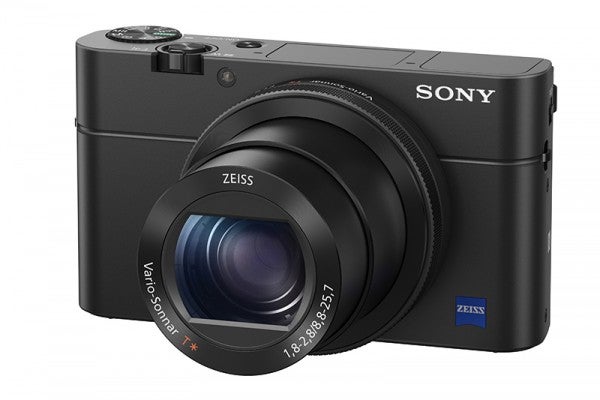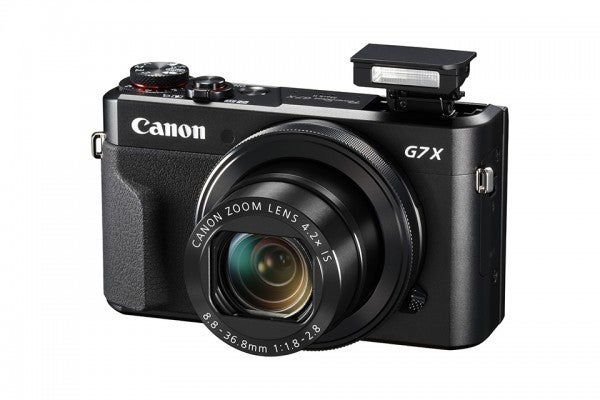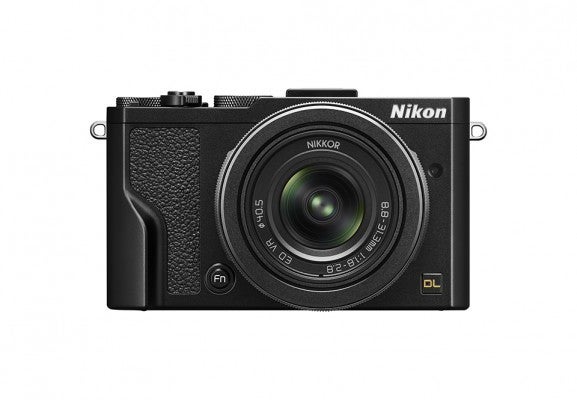Nikon has taken the plunge into the world of premium compacts with its retro-styled new ‘DL’ series, including the carry-everywhere Nikon DL24-85. Here’s how it compares to its rivals
An unfortunate thing about Nikon’s Coolpix compact line – despite the best efforts of its name, it’s never been particularly cool.
As other manufacturers like Sony, Panasonic, Fuji and Canon have made great strides with developing their ranges of compacts, Nikon seems to have been lagging behind somewhat.
That could be about to change though, as the firm has ditched the ‘Coolpix’ name for its new range of premium compacts, opting instead for the simple moniker ‘DL’.
Three models comprise the range [link to news story], and all of them come toting 20MP 1-inch sensors, which puts Nikon slap-bang into the middle of a very competitive market. There are lots of great 1-inch sensor compacts out right now, and it’s going to be tough for the DL cameras to make their mark.
So what are their chances? To find out, we’re taking the most straightforward of the three models, the DL24-85, and putting it up against two prominent competitors – the Sony RX100 IV and the Canon PowerShot G7 X Mark II. How will it fare? Let’s find out.

Sony RX100 IV

Canon PowerShot G7 X Mark II
Sensor
This is a simple one – all three cameras have a similar deal. A 20.2MP HS CMOS for the Canon, a 20.8MP BSI CMOS for the Nikon, and a 20.2MP Exmor RS CMOS for the Sony. All three are 1-inch type.
Lens
Nikon shows a little more ambition than Sony here, with a 24-85mm f/1.8-2.8 unit that outstrips the RX100 IV’s 24-70mm f/1.8-2.8 in focal length terms. However, both are trumped by the Canon G7 X Mark II and its 24-100mm f/1.8-2.8.
Low light
All three cameras have similar sensitivity ranges, but the G7 X Mark II comes out on top with an extendable ISO ceiling of 25,600. The Nikon and Sony can only reach a maximum of 12,800.
Design
Nikon finally learns the lesson that a simple compact camera doesn’t have to look like it came in a Happy Meal, and bestows the DL24-85 with the kind of chic retro style that Fuji and Olympus have been successfully peddling for years. It’s an attractive camera, and certainly more appealing and memorable than the ‘if-it-ain’t-broke’ RX100 Mark IV or the functional but nondescript G7 X Mark II.
EVF
While the largest of the DL models, the DL24-500, comes packing an EVF, the DL24-85 sadly does not. You can attach one as an optional accessory, but it’s not the same as having one built into the camera like in the Sony RX100 IV, whose OLED EVF is quite lovely, with 1.44m dots of resolution. This also handily beats the G7 X Mark II, which has nothing to speak of in this department.
Burst shooting
Here’s a nice surprise as the DL24-85 emerges to gives its opponents an absolute trouncing. While Canon G7 X Mark II users can shoot at 5.4 fps, and the RX100 IV can shoot at 5.5 fps, or 16 fps with locked focus and exposure, the DL24-85 uses its electronic shutter to fire off shots at 20fps or a whopping 60 fps with focus, exposure and white balance locked.
Autofocus
Nikon once again brings the noise (probably not an appropriate way to describe a compact camera but we have to jazz this up somehow) with 105-point phase detection and 171-area contrast-detect autofocus. The Canon PowerShot G7 X Mark II uses a 31-area contrast AF system, while the Sony RX100 IV makes use of a 25-area contrast-detect system.
Connectivity
All three cameras have Wi-fi and NFC. The Nikon also has Bluetooth, if you’re into that.
Video
Both the DL24-85 and the Sony RX100 IV shoot 4K video at 30p, while the G7 X Mark II does not, instead shooting just full HD. Like many Sony cameras the RX100 IV produces wonderful video, direct pixel readout with no pixel binning, so we’ll have to wait to see how the Nikon stacks up.
Price
The Canon and the Nikon are on a par here, both currently costing £549. The Sony RX100 IV is more expensive at £759, though bear in mind you will have to add £120 to the cost of your Nikon DL24-85 if you want an EVF, which the Sony comes with as standard.
Conclusion
So, which to buy? It’s certainly a tough call, and all three cameras have outstanding features that make them worthy purchases. For now though, we’d strongly urge giving the Nikon DL24-85 a look if you have any interest in shooting fast subjects. It’s very early days, and we’ll be getting the camera in for a test in due course, but the sophisticated autofocus and fast burst modes make the Nikon look like a very solid choice for fast-paced photography. If you need quality video you may want to look at the Sony, while those who prefer zoom range or shoot lots of low-light subjects should try out the Canon. One thing’s for sure – it’s a great time to pick up a 1-inch sensor premium compact.





